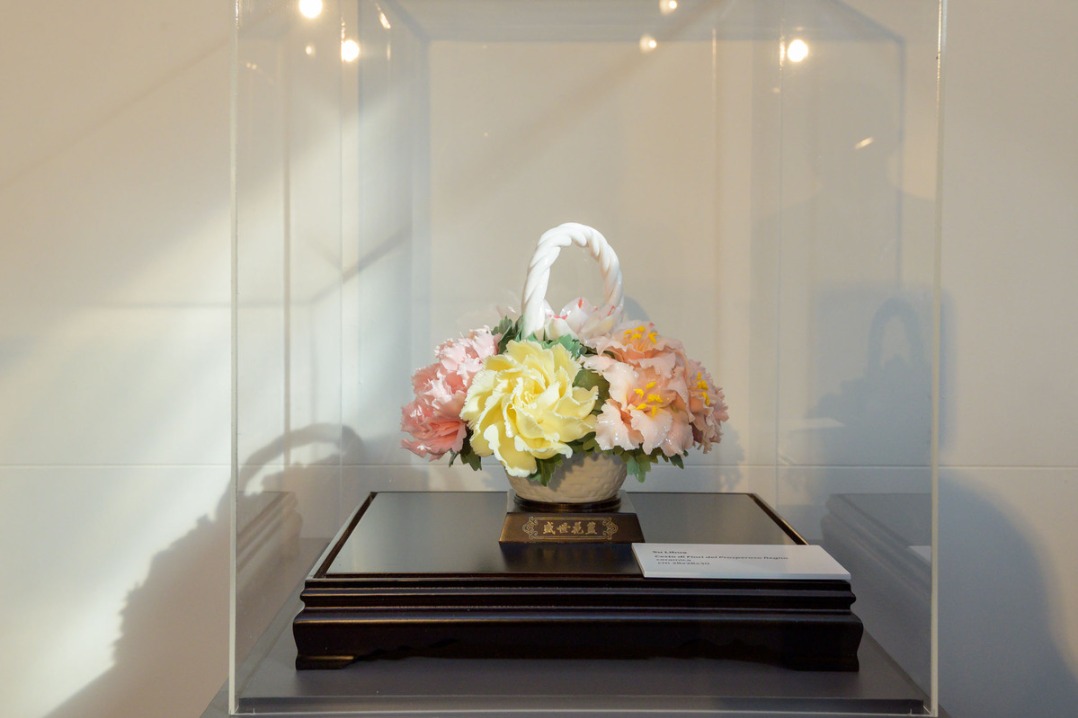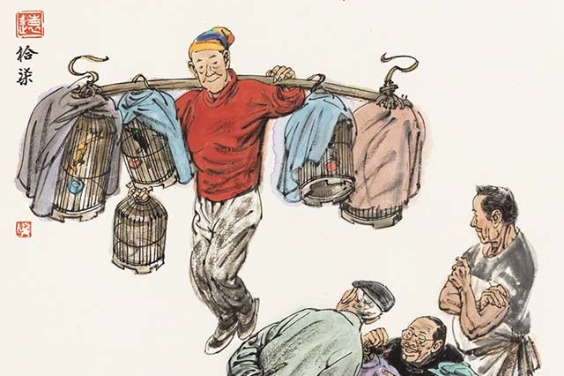Peking Opera shows its true colors
New book reveals the intricacies of costume design and how they embody status and character, Yang Yang reports.


For example, Chinese ancient philosophers regarded metal, wood, water, fire and earth as the five elements of nature, which interact with each other through two main types of relationships — mutual generation and mutual restraint — and construct the operating principles of the natural world and human society.
This philosophical thought prevailed in the Qin (221-206 BC) and Han (206 BC-AD 220) dynasties, when ancient people assigned each element its own specific color. That is, correspondingly white, cyan, black, red and yellow.
The five colors have been used in the dragon robes of Peking Opera that are worn by the highest roles, indicating the social statuses of different wearers. The patterns on dragon robes, such as motifs and sea-and-mountain designs, serve as another indicator of a person's status.
Yellow costumes with dragon motifs can only be worn by royal family roles.
But it is often seen in performances that emperors wear red — or apricot-colored dragon robes because, in the Qing Dynasty, it was an extremely serious offense for common people to wear anything yellow, so opera performers, regarded as people of the lowest social rank, had to use red and apricot instead, Liu Fei says.
- Cross-Strait Guandi Culture and Tourism Festival held in Dongshan, Fujian
- Jixiang Theater celebrates anniversary with Peking Opera events
- Historical dance drama prepares students for the future
- Theater festival promises performances to remember
- Peking Opera production celebrates the spirit of transformation in Xiong'an





























